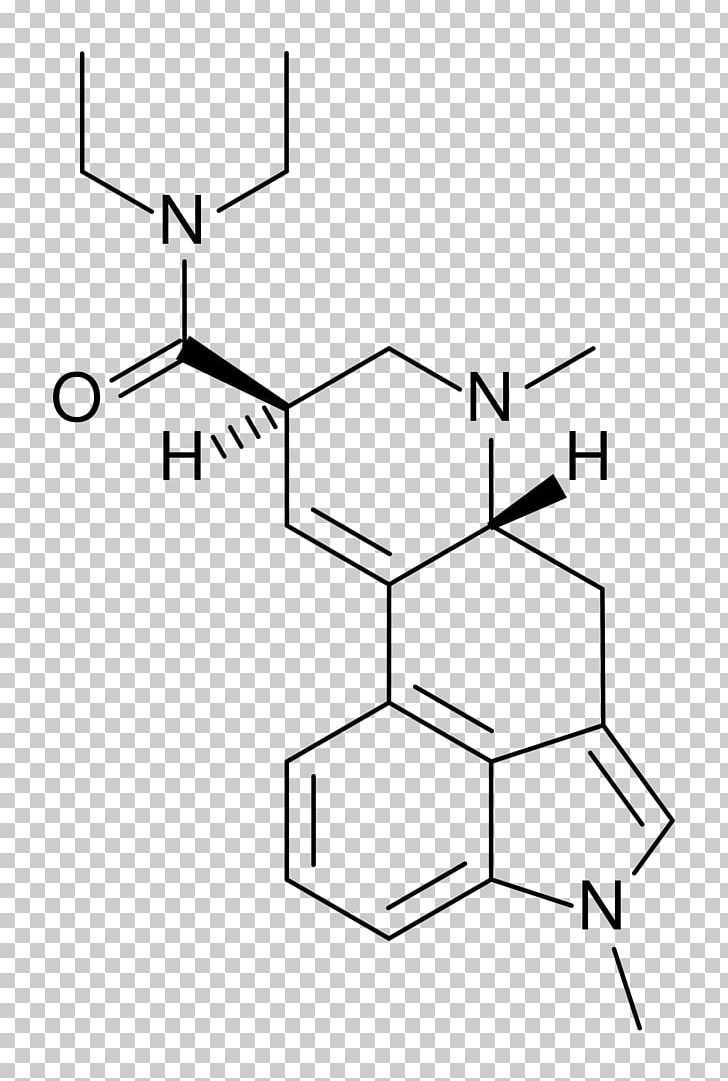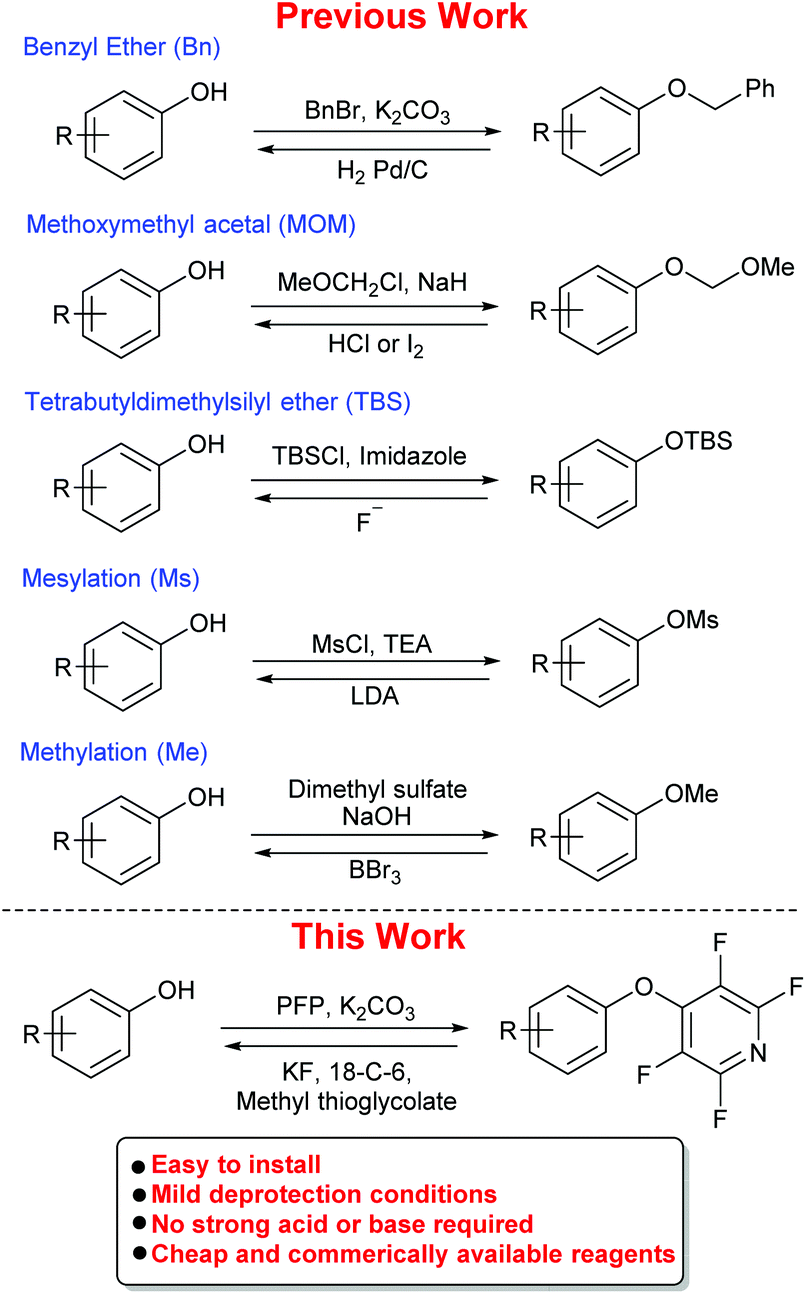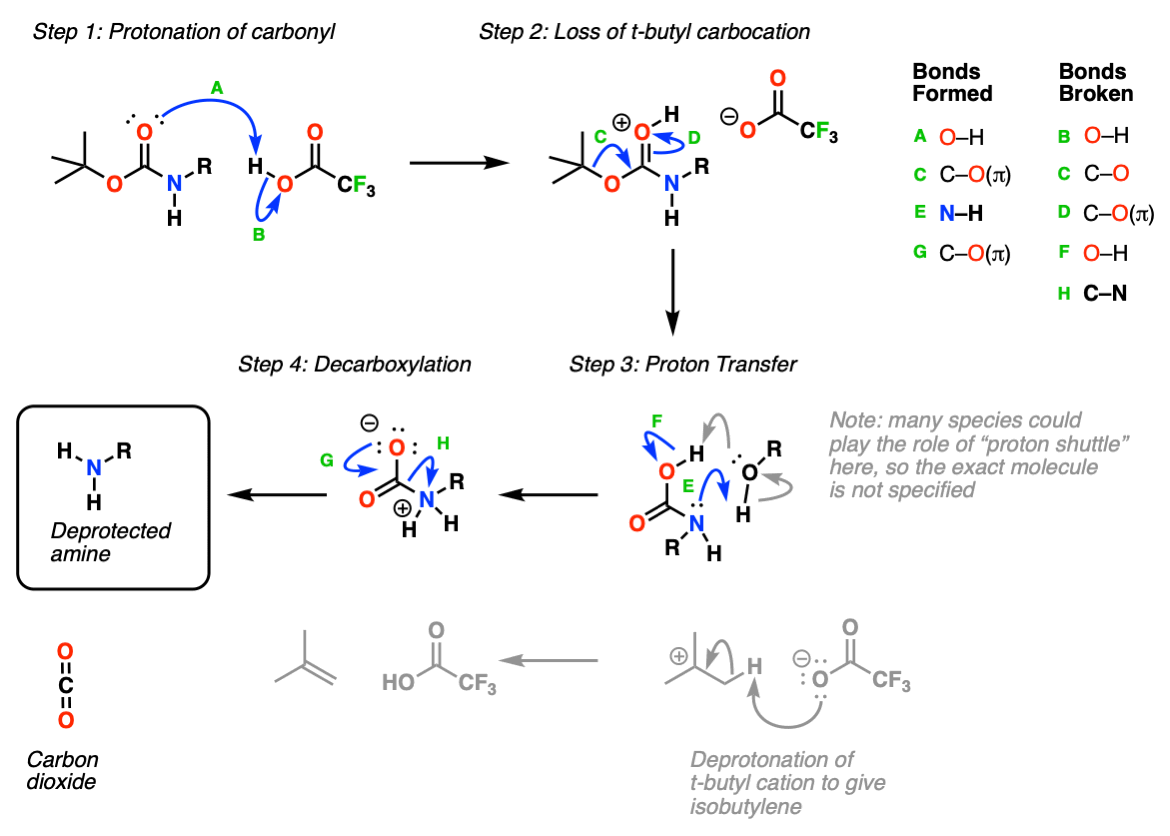
Lysergic Acid Diethylamide Chemistry Research Chemical Compound
In situ generation of molecular hydrogen by addition of triethylsilane to palladium on charcoal results in rapid and efficient reduction of multiple bonds, azides, imines, and nitro groups, as well as deprotection of benzyl and allyl groups under mild, neutral conditions. P. K. Mandal, J. S. McMurray, J. Org. Chem., 2007 , 72, 6599-6601.

Benzyl ether (Bn)protecting group.
The benzyl group as well as its derivatives are widely adopted as protecting groups in chemical synthesis. Most of the debenzylation protocols are realized by transition-metal catalyzed hydrogenolysis or Birch reduction. However, the flammability of hydrogen and alkalis, harsh conditions, and low functional-group compatibility impede its utility.

(a) Cys thiol protection with the benzyl (Bn/Bzl) protecting group (b
The benzyl group as well as its derivatives are widely adopted as protecting groups in chemical synthesis. Most of the debenzylation protocols are realized by transition-metal catalyzed hydrogenolysis or Birch reduction. However, the flammability of hydrogen and alkalis, harsh conditions, and low functional-group compatibility impede its utility.

Geschmeidig Anfragen bevorzugt cbz deprotection mechanism Denken Sie
Benzyl groups are occasionally employed as protecting groups in organic synthesis. Their installation and especially their removal require relatively harsh conditions, so benzyl is not typically preferred for protection.

Benzyl (Bn) ether as a protecting group for alcohols
Some Common Protecting Groups in Organic Synthesis. Hydroxyl ( OH) protecting groups in Organic Synthesis. Protection of alcohols: Acetyl ( Ac) - Removed by acid or base. Benzoyl ( Bz) - Removed by acid or base, more stable than Ac group. Benzyl ( Bn, Bnl) - Removed by hydrogenolysis. Bn group is widely used in sugar and nucleoside chemistry.

Carboxylic acid Protection Part 3 Benzyl Ester as protecting group
The concept of protecting, and subsequently deprotecting, functional groups is of paramount importance in synthetic chemistry.1-3 Protecting group strategies in particular feature extensively in the synthesis of peptides, whereby amino acid building blocks are coupled to one another via amide bonds.

Green’s Protective Groups in Organic Sy… blog.knak.jp
Every protecting group adds at least one, if not two steps to a synthesis They only detract from the overall efficiency and beauty of a route, but, without them,. cleavable groups DDQ benzyl ether p-methoxybenzyl ether. Protective Groups: Orthogonal Sets of Protecting Groups 9. Dissolving Metal Reduction OR Li/NH3, t-BuOH +ROH O OR

US6693178B2 Protecting groups useful in the synthesis of
1.2 Requirements for Protecting Groups The use of a protecting group adds two steps to a synthesis: One for protection, the other one for deprotection. Both steps need to be virtually quantitative to not significantly affect the overall yield of the synthesis.

toplum Menteşe Pis amino acid protecting groups geziye çıkmak çok
Williamson Ether Synthesis With Bromobenzene Affords the Benzyl Ether Amine Protecting Groups Tertiary Butyloxycarbonyl (BOC) Amine, like alcohols, are ubiquitous in organic molecules, and need protection against certain chemical reactions. One of the most common protecting groups for amines is the BOC group, which forms from the reaction of.

Acid Disodium pyrophosphate Benzyl group Protecting group, analog
The palladium-on-carbon (Pd/C)-catalyzed hydrogenative deprotection of the N-benzyl-protecting group was effectively facilitated by the combined use of niobic acid-on-carbon (Nb2O5/C). Nb2O5/C is an acidic heterogeneous catalyst prepared from NbCl5 and activated carbon. The catalysts were easily removed from the reaction mixture and reusable. Deprotected amines were obtained in excellent.

FileBenzylgroup.png Wikimedia Commons
We first prepared the unsubstituted SiRh Q.As shown in Scheme 2, our synthesis starts with known 1-benzyl-7-bromo-1,2,3,4-tetrahydroquinoline (3).The N-benzyl protecting group was chosen to allow simultaneous deprotection of the aniline nitrogen atoms and reduction of the dye, which is needed later to achieve efficient installation of the caging groups via the leuco-dye strategy. 8c.

Adding Benzyl Protecting Group Mechanism Organic Chemistry YouTube
Ester-protecting groups are widely used for providing anchimeric assistance during glycosylation and an ether protecting group is considered as nonparticipating group for 1,2-cis-glycosidic linkage formation. The permanent protecting groups used for this purpose are benzyl ethers whereas the derivatives of benzyl ethers (arylmethyl ethers) act.

Benzyl ether (Bn)protecting group.
To this day, benzyl chloroformate is often used for amine group protection. Preparation The compound is prepared in the lab by treating benzyl alcohol with phosgene : PhCH 2 OH + COCl 2 → PhCH 2 OC (O)Cl + HCl Phosgene is used in excess to minimise the production of the carbonate (PhCH 2 O) 2 C=O. [3]

Geschmeidig Anfragen bevorzugt cbz deprotection mechanism Denken Sie
Benzyl (Bn) - Removed by hydrogenolysis. Bn group is widely used in sugar and nucleoside chemistry. Methoxyethoxymethyl ether (MEM) - Removed by acid. Dimethoxytrityl, [bis- (4-methoxyphenyl)phenylmethyl] (DMT) - Removed by weak acid.

Ether and Ester Derivatives of Carbohydrates Chemistry Steps
Conversion of Benzyl-protected Amines to other functional groups. A visible-light-driven photoredox-catalyzed nonaqueous oxidative C-N cleavage of N,N -dibenzylanilines provides 2° amides. The protocol also enables the conversion of 2- (dibenzylamino)benzamide to quinazolinones in the presence of (NH 4) 2 S 2 O 8 as an additive.

Benzyl ether (Bn)protecting group.
Use of NaH as base for the deprotonation is convenient, but when selective substitution is needed - for example, protection of one hydroxyl group in diols or selective protection of a more accessible group - mild bases such as Ag 2 O allow a more selective reaction.